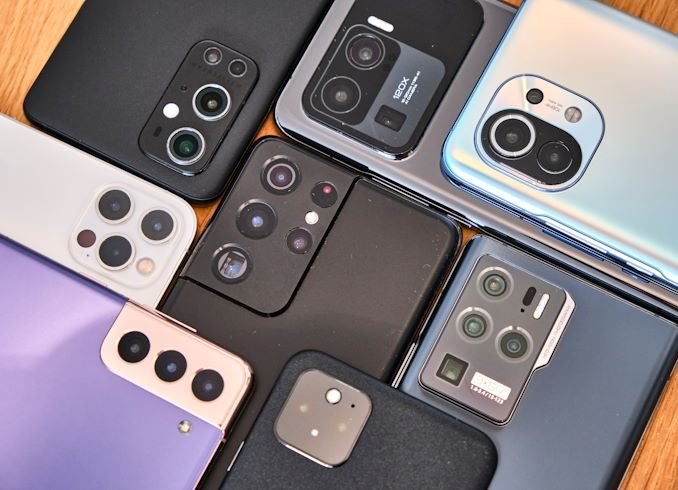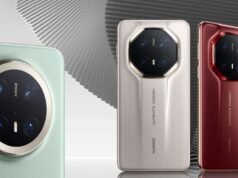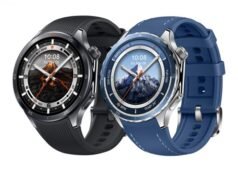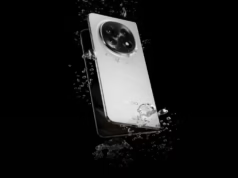One of the first things you probably think about while looking for a new smartphone is the camera megapixels. Ultimately, modern cellphones enable us to take amazing pictures and films that we can publish online. But keep in mind that more isn’t necessarily better when it comes to camera megapixels. Actually, there are several reasons not to base your smartphone purchase decision solely on the amount of megapixels on the camera.
A picture is not fully conveyed by megapixels
A camera’s resolution is measured in megapixels, where one megapixel is equivalent to one million pixels. It is true that images with more pixels might be sharper, but eventually this effect becomes less apparent. In everyday usage, for instance, a 12MP camera and a 48MP camera might not generate noticeably different images, especially when viewed on a smartphone or even a regular computer monitor. Most users rarely need large-format printouts or severe zooming in, therefore the increased resolution is largely advantageous for such uses.

More important than megapixels is sensor size
The image sensor is the most important part of a smartphone camera. Light is captured by this tiny chip, which then creates an image. More light may penetrate a bigger sensor, which enhances low-light performance, dynamic range, and color accuracy.
For instance, the Google Pixel and Apple iPhone series, which are renowned for their superb camera performance, use sensors that prioritize quality over megapixel count. Because of their sophisticated sensor technology, iPhones and Pixels regularly provide better real-world photography even if they have fewer megapixel counts than some of their rivals.
Aperture and lens quality
The quality of the lens and the size of the aperture are two other important factors that affect how well a smartphone camera performs. A better lens can reduce distortions and aberrations when it comes to the focus of light onto the sensor. Meanwhile, the aperture regulates the amount of light that enters the sensor; it is commonly represented by f/ values as f/1.8, f/2.2.
Larger apertures with lower f-numbers let more light reach the sensor, which is very useful in dimly lit environments. In low light, even a 108MP camera with a tiny sensor and narrow aperture may have trouble taking sharp, noisy pictures.

Image manipulation
Exactly as significant is what transpires after a picture is taken. Algorithms for image processing are widely used in modern smartphones to improve images. From noise reduction to HDR processing, color correction, and even computational photography techniques like night mode or portrait mode, these algorithms handle it all.
As an example, Apple’s iPhones are well known for their excellent picture processing, constantly producing high-quality images even with fewer megapixels. This demonstrates how important a camera’s software may be in addition to its hardware.
Although megapixels are an important component of a smartphone’s camera, they are not the most important factor in deciding the quality of the image. A smartphone camera configuration that strikes a balance between sensor quality, lens quality, and image processing power will yield consistently better photographs than a camera that only focuses on megapixel counts.
Don’t let megapixel counts be your only factor when selecting your next smartphone; instead, take into account the overall camera system and how well it works in actual situations. If you do this, you should have a gadget that makes taking pictures more pleasurable, dependable, and versatile.






